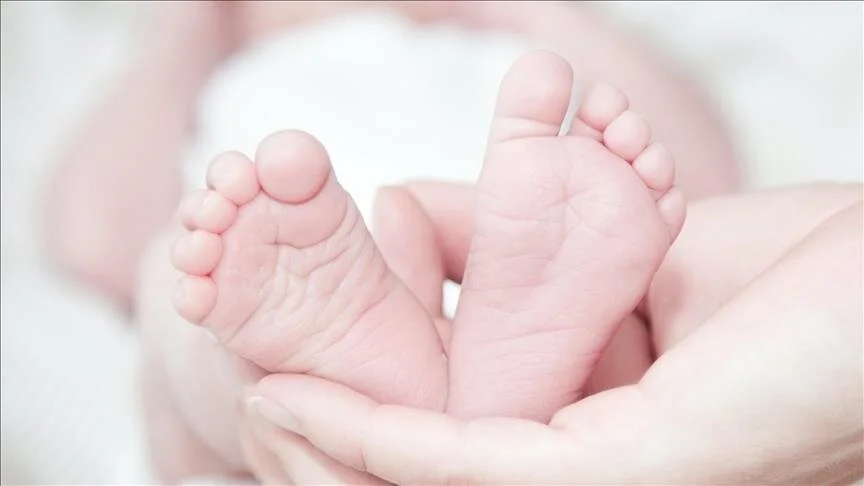

By Anadolu Agency
GENEVA
A study published in the New England Journal of Medicine indicated that a series of measures to manage postpartum hemorrhage reduced excessive bleeding by 60%.
The study was published by researchers from the World Health Organization and the University of Birmingham and undertaken in 80 hospitals spanning Kenya, Nigeria, South Africa, and Tanzania.
The new solution called Early Detection of Postpartum Haemorrhage and Treatment (e-motive) could provide a major breakthrough in reducing deaths from childbirth-related bleeding.
Postpartum hemorrhage, defined as the loss of more than 500 milliliters of blood within 24 hours of birth, is the greatest cause of maternal mortality globally, the WHO said in a statement.
It affects an estimated 14 million women per year and causes about 70,000 deaths, most of which occur in low- and middle-income countries, equating to one fatality every 6 minutes, it stated.
“Postpartum hemorrhage is scary, not always predictable, but absolutely treatable. Nonetheless, its impacts around the world are tragic,” said Dr. Pascale Allotey, the director of Sexual and Reproductive Health and Research at WHO and head of the UN’s Special Programme of Research, Development and Research Training in Human Reproduction.
“No woman should fear for her life when giving birth. Effective solutions to tackle postpartum bleeding need to be available and accessible so that all women can experience a safe birth and a healthy future with their families,” Allotey added.
The study, which included over 200,000 women from four different countries, discovered that objectively measuring blood loss with a simple, low-cost collection device known as a “drape” and bundling together WHO-recommended treatments – rather than offering them sequentially — resulted in dramatic improvements in outcomes for women.
Severe bleeding, defined as more than a liter of blood loss after birth, was reduced by 60%, and women were less likely to die, it found.
It added that there was also a significant decrease in the rate of blood transfusions for bleeding, which is especially important in low-income nations where blood is rare and expensive.
Professor Arri Coomarasamy, who led the trial and is the co-director of the WHO Collaborating Centre on Global Women’s Health at the University of Birmingham, said this new approach could “radically improve” women’s chances of surviving childbirth globally.
“Time is of the essence when responding to postpartum bleeding, so interventions that eliminate delays in diagnosis or treatment should be gamechangers for maternal health,” Coomarasamy said.
A key issue in reacting to postpartum hemorrhage is that it is sometimes diagnosed too late to be beneficial, according to the statement, and most physicians measure bleeding through visual inspection, which tends to underestimate blood loss and can result in life-threatening delays in treatment.
However, it said that the recommended e-motive equipment includes a blood-collection drape for early and reliable diagnosis of postpartum hemorrhage. This is supplemented by an immediate treatment bundle, which may include uterine massage, medications to compress the womb and stop bleeding, intravenous fluid administration, an assessment, and, if necessary, escalation to advanced care.
Midwives can carry out all aspects of the e-motive intervention, it added.
We use cookies on our website to give you a better experience, improve performance, and for analytics. For more information, please see our Cookie Policy By clicking “Accept” you agree to our use of cookies.
Read More